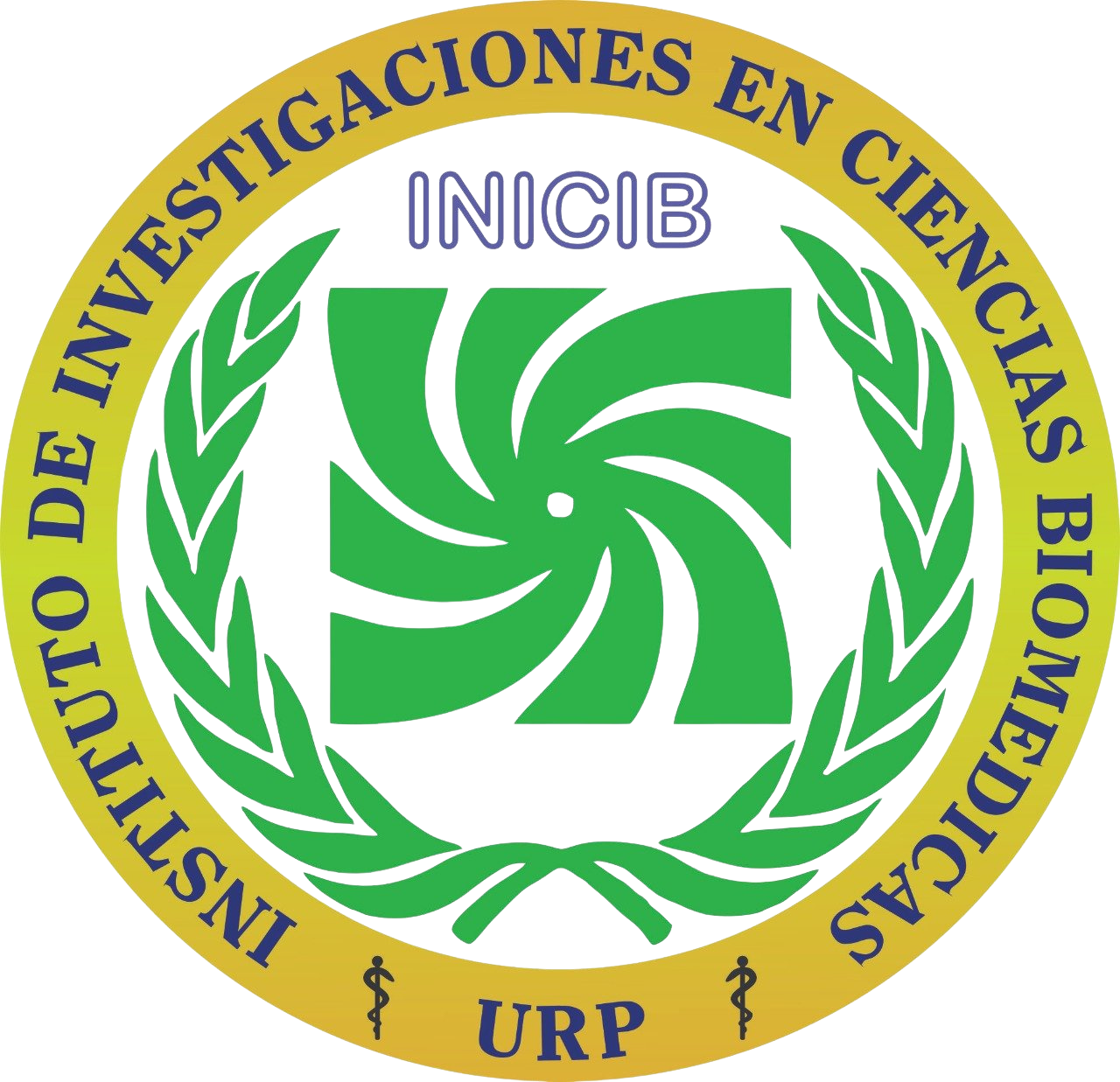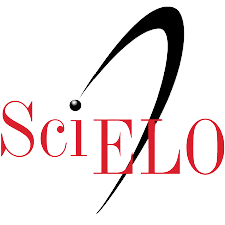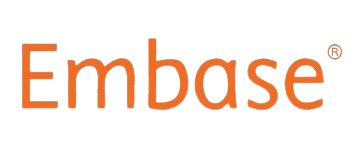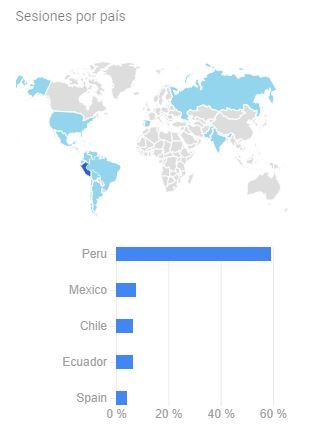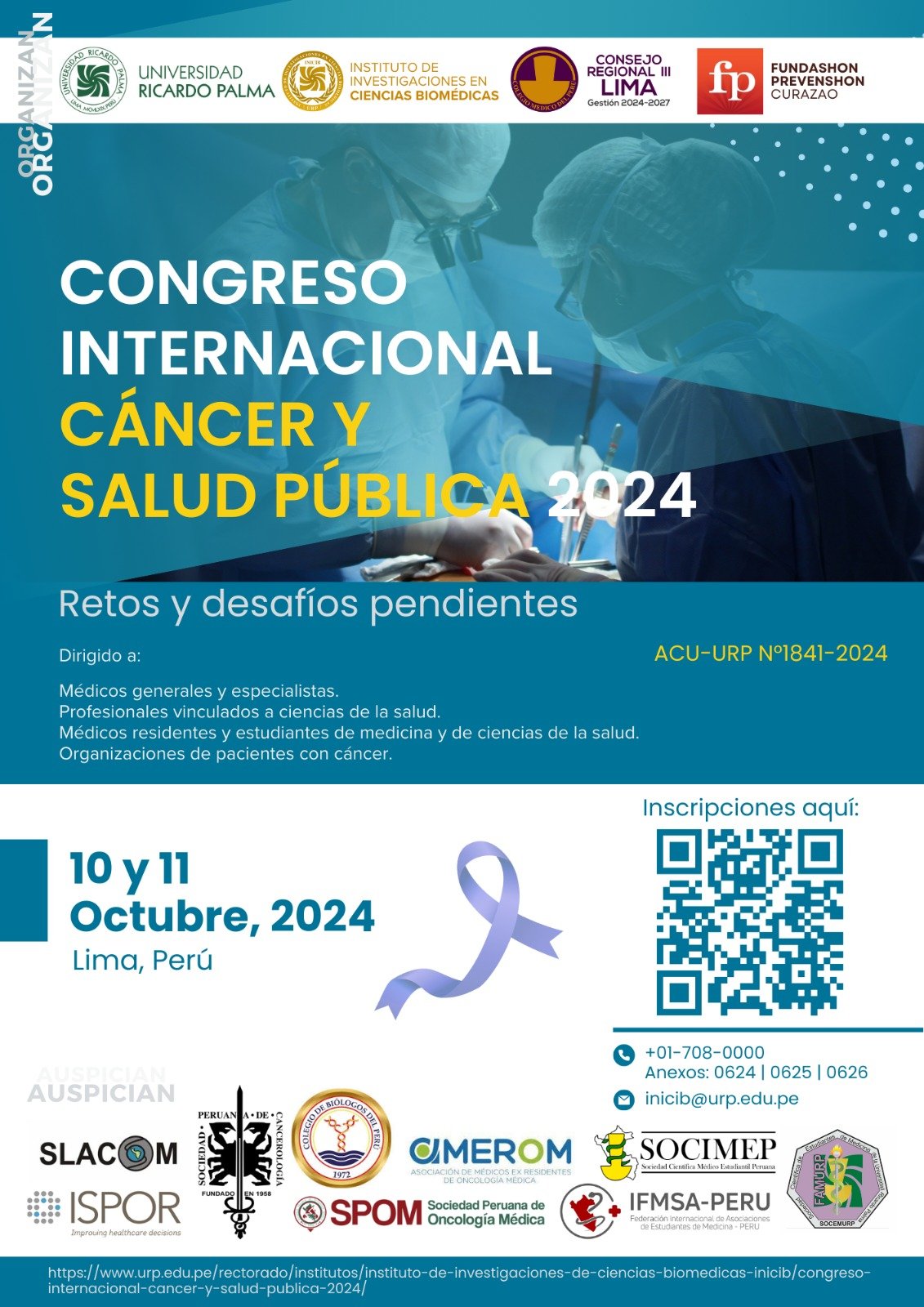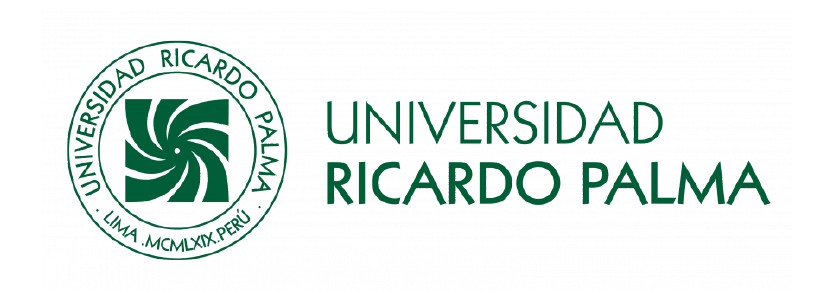Efecto de la Averrhoa carambola L. en la piel en un modelo animal de cicatrización hipertrófica
Effect of Averrhoa carambola L. on the Skin in an Animal Model of Hypertrophic Scarring
DOI:
https://doi.org/10.25176/RFMH.v24i3.6538Palabras clave:
Averrhoa Carambola L, triamcinolona, cicatriz hipertrófica, modelos animalesResumen
Introducción: La cicatrización hipertrófica en la piel representa un grave problema de salud pública mundial, pues afecta física y emocionalmente a las personas que la padecen. Esto hace necesario investigar nuevas alternativas para su prevención y tratamiento. El objetivo del estudio fue comparar el efecto de la Averrhoa carambola L. (carambola) en la piel bajo un modelo animal de cicatrización hipertrófica. Métodos: Estudio experimental; se utilizó 10 conejos machos de raza Nueva Zelanda, entre 3 y 4 meses de edad, con un peso promedio de 3 a 3.5Kg. Se indujo la creación de cicatrices hipertróficas en las orejas de los conejos bajo el modelo descrito por Morris y col. A un grupo de heridas se administró 1mL de solución acuosa del liofilizado del fruto de la carambola al 10%, mientras que al otro grupo de heridas se administró 1mL del acetato de triamcinolona; en ambos grupos la aplicación fue intralesional, semanal y por un mes consecutivo. Finalizado el tratamiento, bajo sedación se extrajeron solo las cicatrices hipertróficas utilizando un punch de biopsia y los tejidos fueron conservados en formol al 10% para el examen anatomopatológico posterior. Resultados: El grupo que recibió la solución de carambola al 10% mejoró significativamente la dermis y la epidermis en las cicatrices hipertróficas de las orejas de conejos que recibieron tratamiento. Al compararla con el grupo que recibió el acetónido de triamcinolona, no hubo diferencias estadísticamente significativas. Conclusión: El extracto acuoso liofilizado de carambola al 10% demostró un efecto similar al acetónido de triamcinolona (tratamiento de elección) en la reducción de la fibrosis de las cicatrices hipertróficas en las orejas de los conejos.
Palabras clave: Averrhoa Carambola L.; triamcinolona; cicatriz hipertrófica; modelos animales. (Fuente: DeCS/BIREME).
Descargas
Citas
Lee HJ, Jang YJ. Recent Understandings of Biology, Prophylaxis and Treatment Strategies for
Hypertrophic Scars and Keloids. Int J Mol Sci. 2018; 19(3). DOI: 10.3390/ijms19030711
Sen CK, Gordillo GM, Roy S, Kirsner R, Lambert L, Hunt TK, et al. Human skin wounds: a major
and snowballing threat to public health and the economy. Wound Repair Regen. 2009; 17(6):763-71.
DOI: 10.1111/j.1524-475X.2009.00543.x
Leventhal D, Furr M, Reiter D. Treatment of keloids and hypertrophic scars: a meta-analysis and
review of the literature. Arch Facial Plast Surg. 2006; 8(6):362-8. DOI: 10.1001/archfaci.8.6.362
Ogawa R. Keloid and Hypertrophic Scars Are the Result of Chronic Inflammation in the Reticular
Dermis. Int. J. Mol. Sci. 2017; 18(3):606. DOI: 10.3390/ijms18030606
Choi J, Lee EH, Park SW, Chang H. Regulation of Transforming Growth Factor β1, Platelet-Derived
Growth Factor, and Basic Fibroblast Growth Factor by Silicone Gel Sheeting in Early-Stage
Scarring. Arch Plast Surg. 2015; 42(1):20-7. DOI: 10.5999/aps.2015.42.1.20
Srivastava S, Patil AN, Prakash C, Kumari H. Comparison of Intralesional Triamcinolone Acetonide,
-Fluorouracil, and Their Combination for the Treatment of Keloids. Adv Wound Care (New
Rochelle). 2017; 6(11):393-400. DOI: 10.1089/wound.2017.0741
Roques C, Téot L. The Use of Corticosteroids to Treat Keloids: A Review. The International Journal
of Lower Extremity Wounds. 2008; 7(3):137-145. DOI: 10.1177/1534734608320786
Occleston NL, Metcalfe AD, Boanas A, Burgoyne NJ, Nield K, O'Kane S, et al. Therapeutic
improvement of scarring: mechanisms of scarless and scar-forming healing and approaches to the
discovery of new treatments. Dermatol Res Pract. 2010. DOI: 10.1155/2010/405262
Li J, Wang J, Wang Z, Xia Y, Zhou M, Zhong A, et al. Experimental models for cutaneous
hypertrophic scar research. Wound Repair Regen. 2020; 28(1):126-144. DOI: 10.1111/wrr.12760
Singh R, Sharma J, Goyal PK. Prophylactic Role of Averrhoa carambola (Star Fruit) Extract against
Chemically Induced Hepatocellular Carcinoma in Swiss Albino Mice. Adv Pharmacol Sci. 2014.
DOI: 10.1155/2014/158936
Soncini R, Santiago MB, Orlandi L, Moraes GO, Peloso AL, dos Santos MH, et al. Hypotensive
effect of aqueous extract of Averrhoa carambola L. (Oxalidaceae) in rats: an in vivo and in vitro
approach. J Ethnopharmacol. 2011; 133(2):353-7. DOI: 10.1016/j.jep.2010.10.001
Shui G, Leong LP. Analysis of polyphenolic antioxidants in star fruit using liquid chromatography
and mass spectrometry. J Chromatogr A. 2004; 1022(1-2):67-75. DOI:
1016/j.chroma.2003.09.055
Gauglitz GG, Korting HC, Pavicic T, Ruzicka T, Jeschke MG. Hypertrophic scarring and keloids:
pathomechanisms and current and emerging treatment strategies. Mol Med. 2011; 17(1-2):113-25.
DOI: 10.2119/molmed.2009.00153
Chiang RS, Borovikova AA, King K, Banyard DA, Lalezari S, Toranto JD, et al. Current concepts
related to hypertrophic scarring in burn injuries. Wound Repair Regen. 2016; 24(3):466-77.
DOI: 10.1111/wrr.12432
Nischwitz SP, Rauch K, Luze H, Hofmann E, Draschl A, Kotzbeck P, et al. Evidence-based therapy
in hypertrophic scars: An update of a systematic review. Wound Repair Regen. 2020; 28(5):656-665.
DOI: 10.1111/wrr.12839
Morris DE, Wu L, Zhao LL, Bolton L, Roth SI, Ladin DA, et al. Acute and Chronic Animal Models
for Excessive Dermal Scarring: Quantitative Studies. Plastic & Reconstructive Surgery. 1997;
(3):674-681. DOI: 10.1097/00006534-199709000-00021
National Research Council (US) Committee for the Update of the Guide for the Care and Use of
Laboratory Animals. Guide for the Care and Use of Laboratory Animals. 8th ed. Washington (DC):
National Academies Press (US); 2011. DOI: 10.17226/12910
Cabrini DA, Moresco HH, Imazu P, da Silva CD, Pietrovski EF, Mendes DA, et al. Analysis of the
Potential Topical Anti-Inflammatory Activity of Averrhoa carambola L. in Mice. Evid Based
Complement Alternat Med. 2011. DOI: 10.1093/ecam/neq026
Huang C, Liu L, You Z, Zhao Y, Dong J, Du Y, et al. Endothelial dysfunction and mechanobiology
in pathological cutaneous scarring: lessons learned from soft tissue fibrosis. Br J Dermatol. 2017;
(5):1248-1255. DOI: 10.1111/bjd.15576
Ogawa R, Akaishi S. Endothelial dysfunction may play a key role in keloid and hypertrophic scar
pathogenesis - Keloids and hypertrophic scars may be vascular disorders. Med Hypotheses. 2016;
:51-60. DOI: 10.1016/j.mehy.2016.09.024
Barnes LA, Marshall CD, Leavitt T, Hu MS, Moore AL, Gonzalez JG, et al. Mechanical Forces in
Cutaneous Wound Healing: Emerging Therapies to Minimize Scar Formation. Adv Wound Care
(New Rochelle). 2018; 7(2):47-56. DOI: 10.1089/wound.2016.0709
Lingzhi Z, Meirong L, Xiaobing F. Biological approaches for hypertrophic scars. Int Wound J. 2020;
(2):405-418. DOI: 10.1111/iwj.13286
Zhu Z, Ding J, Tredget EE. The molecular basis of hypertrophic scars. Burns Trauma. 2016.
DOI: 10.1186/s41038-015-0026-4
Huang J, Zhou X, Xia L, Liu W, Guo F, Liu J, et al. Inhibition of hypertrophic scar formation with
oral asiaticoside treatment in a rabbit ear scar model. Int Wound J. 2021; 18(5):598-607.
DOI: 10.1111/iwj.13561
Song Y, Yu Z, Song B, Guo S, Lei L, Ma X, et al. Usnic acid inhibits hypertrophic scarring in a
rabbit ear model by suppressing scar tissue angiogenesis. Biomed Pharmacother. 2018; 108:524-530.
DOI: 10.1016/j.biopha.2018.06.176
Liu DQ, Li XJ, Weng XJ. Effect of BTXA on Inhibiting Hypertrophic Scar Formation in a Rabbit
Ear Model. Aesthetic Plast Surg. 2017; 41(3):721-728. DOI: 10.1007/s00266-017-0803-5
Sari E, Bakar B, Dincel GC, Budak Yildiran FA. Effects of DMSO on a rabbit ear hypertrophic scar
model: A controlled randomized experimental study. J Plast Reconstr Aesthet Surg. 2017; 70(4):509-
DOI: 10.1016/j.bjps.2017.01.006
Liang X, Huang R, Huang J, Chen C, Qin F, Liu A, et al. Effect of an aqueous extract of Averrhoa
carambola L. on endothelial function in rats with ventricular remodelling. Biomed Pharmacother.
;121. DOI: 10.1016/j.biopha.2019.109612
Xie Q, Zhang S, Chen C, Wei X, Li J, Xu X, et al. Protective Effect of 2-Dodecyl-6-
Methoxycyclohexa-2, 5-Diene-1, 4-Dione, Isolated from Averrhoa Carambola L., Against Palmitic
Acid-Induced Inflammation and Apoptosis in Min6 Cells by Inhibiting the TLR4-MyD88-NF-κB
Signaling Pathway. Cell Physiol Biochem. 2016; 39(5):1705-1715.
DOI: 10.1159/000447871
Sakhiya J, Sakhiya D, Kaklotar J, Hirapara B, Purohit M, Bhalala K, et al. Intralesional Agents in
Dermatology: Pros and Cons. J Cutan Aesthet Surg. 2021; 14(3):285-295.
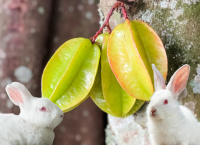
Descargas
Publicado
Cómo citar
Número
Sección
Licencia
Derechos de autor 2024 Revista de la Facultad de Medicina Humana

Esta obra está bajo una licencia internacional Creative Commons Atribución 4.0.


